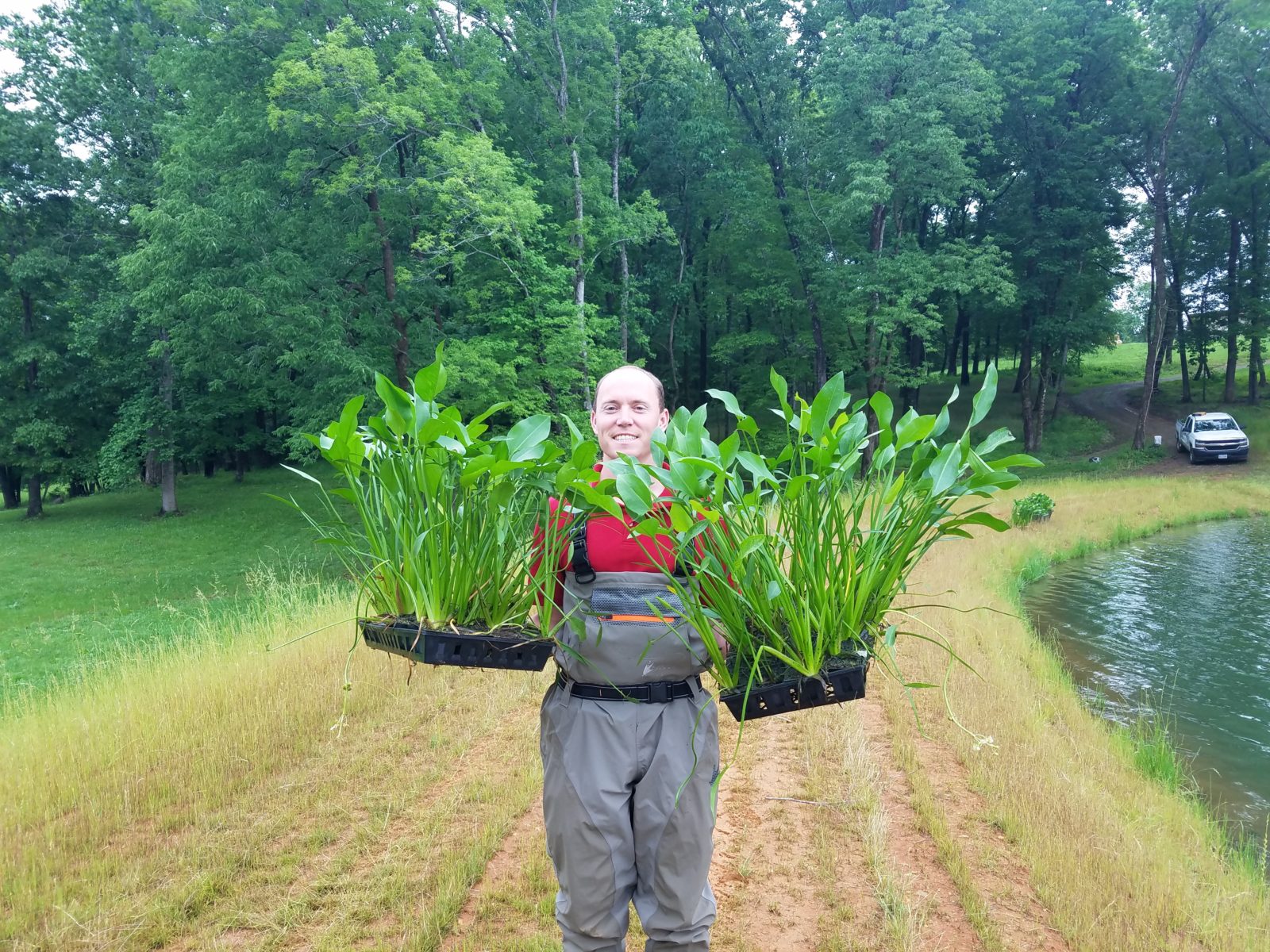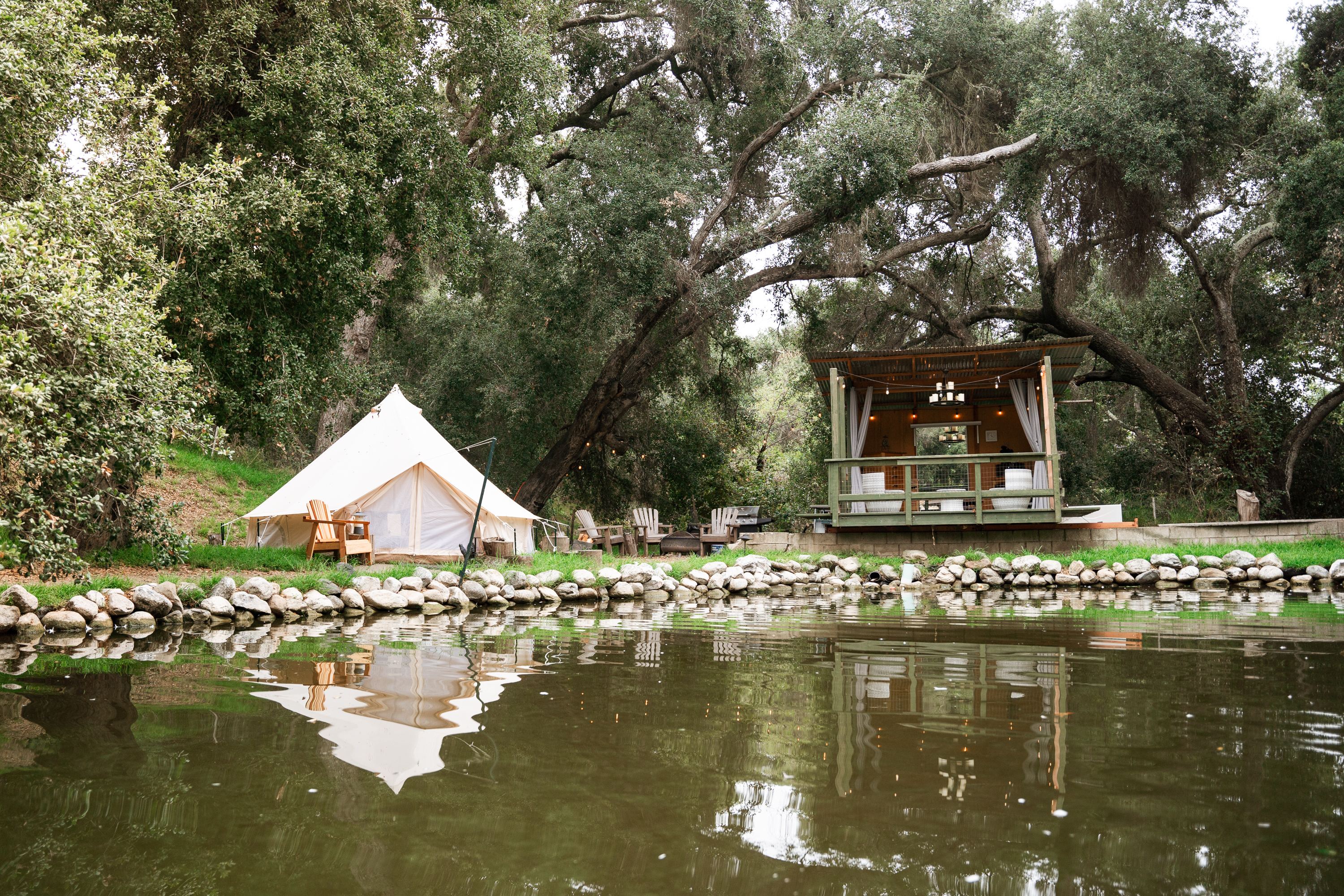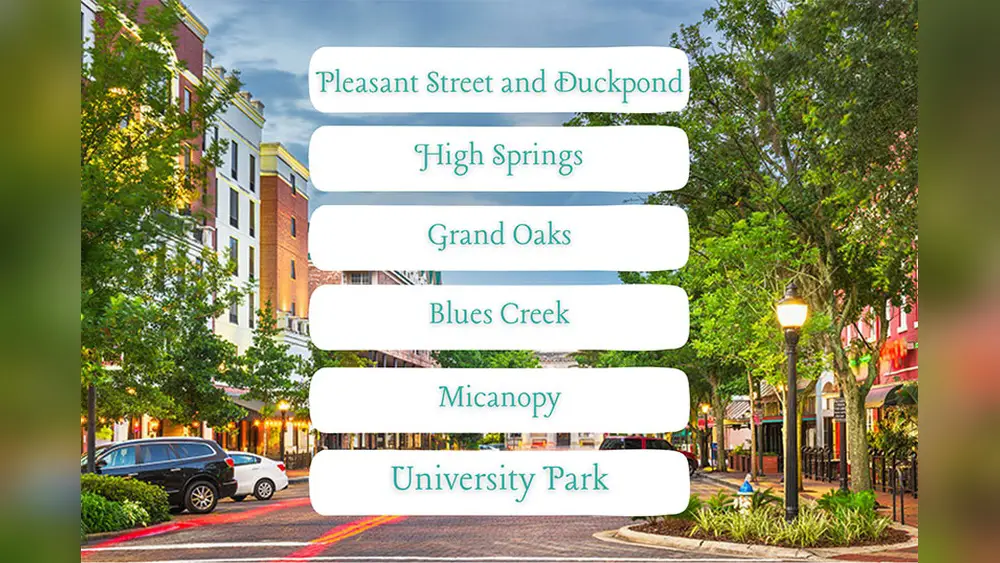If you’re planning a duck pond in Florida, choosing the right plants is key to creating a healthy, inviting habitat for your ducks. You want plants that not only look good but also provide food, shelter, and help keep your pond’s edges stable.
Imagine ducks happily swimming among water lilies or nibbling on duckweed while your pond stays clean and beautiful. In this guide, you’ll discover the best plants for your Florida duck pond—easy to grow, duck-friendly, and perfect for your environment. Keep reading to find out how to make your pond the ultimate haven for your feathered friends.
Plants Ducks Enjoy
Ducks thrive in ponds filled with plants they enjoy eating and hiding in. These plants provide nutrition, shelter, and improve water quality. Choosing the right plants helps keep ducks healthy and happy. It also supports a balanced pond ecosystem.
Duckweed
Duckweed is a tiny, free-floating plant loved by ducks. It grows quickly and covers the water surface. Ducks eat duckweed for its high protein content. This plant also shades the water and reduces algae growth. Duckweed is easy to grow and maintain in duck ponds.
Arrowhead And Duck Potato
Arrowhead has arrow-shaped leaves that grow above water. Ducks eat its leaves and roots. Duck potato, a type of arrowhead, has edible tubers. These tubers provide ducks with important nutrients. Both plants also offer shelter for ducklings and insects.
Wigeon Grass
Wigeon grass grows underwater and is a favorite duck food. It provides both cover and nutrition. Ducks graze on its leaves and stems. This grass helps keep pond water clear. It is a native plant that adapts well to Florida duckponds.
Pondweeds And Eelgrass
Pondweeds and eelgrass are common aquatic plants eaten by ducks. They grow submerged or floating on the water. These plants supply essential vitamins and minerals. Their dense growth offers hiding spots from predators. Both support a healthy pond environment for ducks.

Credit: www.ebay.com
Plants For Pond Edges
Plants along the edges of a Florida duck pond play a vital role. They stabilize the bank and provide shelter for ducks. These plants also create a natural look and improve water quality. Choose species that thrive in wet soil and tolerate duck activity. Here are some top choices for pond edges.
Rushes And Sedges
Rushes and sedges grow well in wet, muddy soil. Their dense roots prevent erosion and keep the bank firm. Ducks use their stems for cover and nesting material. These plants are hardy and spread quickly, making them ideal for pond edges. Examples include soft rush and broadleaf sedge.
Pickerelweed
Pickerelweed grows in shallow water along pond edges. It has purple flowers that attract insects and birds. This plant provides shade and shelter for ducks and fish. Its roots help filter the water and reduce algae growth. Pickerelweed adds color and life to the pond border.
Water Lilies
Water lilies float on the surface near the pond edge. Their broad leaves shade the water, keeping it cooler. This helps slow algae growth and provides a safe place for ducklings. Water lilies also add beauty with their colorful blooms. They need calm water and partial sun to grow well.
Creeping Jenny And Water Mint
Creeping Jenny and water mint spread quickly along wet soil edges. They form a dense mat that protects the bank from erosion. Water mint has a fresh scent and small purple flowers. Creeping Jenny creates bright green ground cover. Both plants offer good shelter and reduce muddy areas around the pond.
Planting Tips
Planting the right vegetation in your Florida duck pond is key for a healthy ecosystem. Proper planting helps ducks find food and shelter. It also keeps the pond stable and beautiful.
Follow these simple tips to choose and plant the best species. They will grow well and support your pond’s wildlife.
Test Plant Durability
Start by planting only a few mature plants. Watch which plants survive duck visits and which get eaten. This helps identify plants ducks avoid. These plants will last longer in your pond.
Replace eaten plants with stronger, less tasty species. This trial helps create a durable, low-maintenance garden.
Provide Shelter
Choose plants that offer good cover for ducks and ducklings. Tall rushes and dense sedges protect young birds from predators. They also provide nesting materials.
Plants like pickerelweed and water lilies add shade and hiding spots. Shelter plants improve duck safety and comfort.
Choose Native Species
Native plants suit Florida’s climate and soil better than exotic ones. They need less care and resist local pests. This ensures your pond stays balanced and natural.
Examples include duckweed, arrowhead, and wigeon grass. These plants are familiar food sources for local ducks. They support local wildlife and pond health.

Credit: www.solitudelakemanagement.com
Enhancing Pond Aesthetics
Enhancing the beauty of a Florida duckpond goes beyond just water and ducks. Choosing the right plants can bring vibrant colors and textures. These plants create a natural, peaceful atmosphere. They also support the health of the pond ecosystem. Using the right plants helps the pond look lively and attractive throughout the year.
Marsh Marigolds
Marsh Marigolds bloom bright yellow flowers in early spring. They add a splash of color near the pond edges. These plants thrive in wet soil and shallow water. Their lush green leaves create a soft, inviting border. Marsh Marigolds attract insects, which are food for ducks.
Mares Tails
Mares Tails have a unique, reed-like appearance. They grow tall and slender, adding height to the pond’s design. These plants help keep water clear by absorbing excess nutrients. Mares Tails are tough and grow well in wet, swampy areas. They create a natural screen, providing shelter for ducks.
Shuttlecock Ferns
Shuttlecock Ferns feature delicate, feather-like leaves. They form dense clumps that soften hard pond edges. These ferns prefer moist, shaded spots around the pond. Their deep green color contrasts nicely with brighter flowering plants. Shuttlecock Ferns add texture and calmness to the pond’s look.
Maintaining Healthy Waters
Maintaining healthy waters in a Florida duck pond is key to supporting wildlife and plants. Clear, balanced water helps ducks thrive and keeps plants strong. Careful attention to water quality and bank stability creates a safe, inviting habitat. Healthy waters reduce algae growth and prevent pond damage. Simple steps can ensure your duck pond stays vibrant and clean.
Controlling Duckweed
Duckweed grows fast and can cover the pond surface quickly. Too much duckweed blocks sunlight and lowers oxygen in water. Regular removal helps keep duckweed in control. Planting native floating plants can compete with duckweed for nutrients. This balance stops duckweed from taking over and harming other plants and ducks.
Preventing Bank Erosion
Duck pond edges face erosion from water and duck activity. Strong root systems from plants like rushes and sedges hold soil in place. These plants reduce soil loss and keep banks stable. Plant dense vegetation along the pond edges to protect banks. A stable bank prevents mud and debris from clouding the water.
Improving Water Quality
Good water quality supports healthy plants and ducks. Aquatic plants like pickerelweed and water lilies filter pollutants naturally. These plants absorb excess nutrients that cause algae blooms. Clear water allows sunlight to reach underwater plants. Clean water also reduces harmful bacteria and keeps the pond fresh.

Credit: www.hipcamp.com
Frequently Asked Questions
What Plants Can I Put In My Duck Pond?
Good duck pond plants include duckweed, arrowhead, wigeon grass, pondweeds, rushes, sedges, pickerelweed, and water lilies. These provide food, shelter, and bank stability. Choose hardy, native species and plant mature ones to test durability against duck foraging.
What Is The Most Fragrant Plant In Florida?
The most fragrant plant in Florida is the Gardenia. It produces strong, sweet, and pleasant-smelling white flowers. Gardenias thrive in Florida’s warm climate. They attract pollinators and enhance garden aesthetics with their aroma. Many gardeners choose Gardenias for their delightful scent and beauty.
What Plants Are Good For Detention Ponds?
Good plants for detention ponds include rushes, sedges, pickerelweed, water lilies, duckweed, arrowhead, and pondweeds. These stabilize banks, provide habitat, and improve water quality. Choose native, hardy species that tolerate wet conditions and prevent erosion effectively. Plant mature specimens for best results.
What Kind Of Plant Is Best For The Front Porch?
The best front porch plants are hardy, low-maintenance, and visually appealing. Consider petunias, geraniums, or ferns for vibrant, welcoming decor.
Conclusion
Choosing the right plants helps keep your Florida duck pond healthy. Plants like duckweed, arrowhead, and wigeon grass provide food for ducks. Rushes, sedges, and pickerelweed protect pond edges from erosion. Water lilies add shade and shelter for ducklings. Start with a few mature plants to see which thrive.
Native plants work best for local conditions. Healthy plants support ducks and improve your pond’s beauty. A well-planted pond creates a safe, natural home for your ducks. Simple care and the right plants make all the difference.

